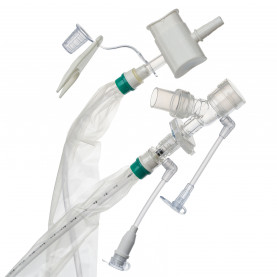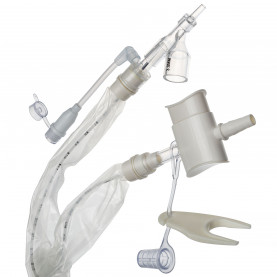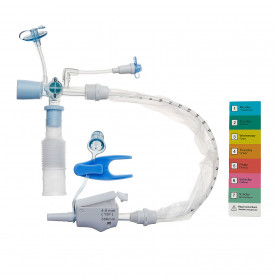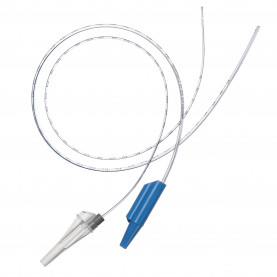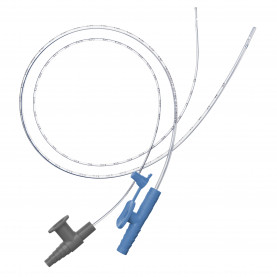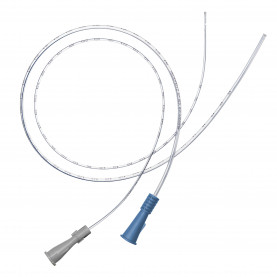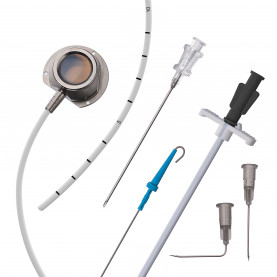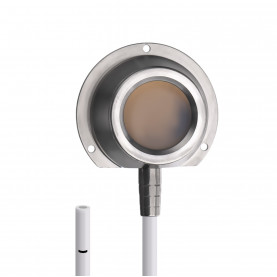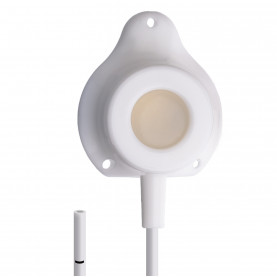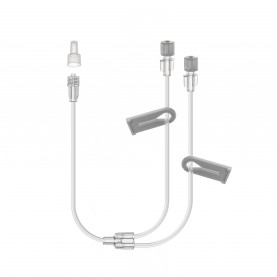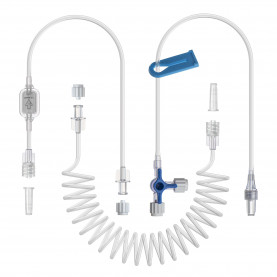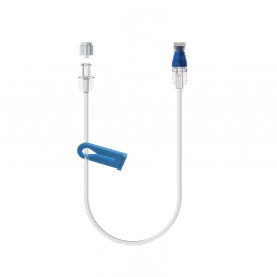A Hole in the Heart Increases Post-Surgical Risk of Stroke
The presence of a PFO doubles the risk of stroke within the first 30 days following surgery

New research published in the Journal of the American Medical Association indicates that a common anatomic anomaly – a hole between the upper chambers of the heart that fails to close after birth – doubles the risk of stroke within 30 days of non-cardiac surgery. The research suggests the hole itself, known as a patent foramen ovale (PFO), contributes to the risk for stroke in patients following surgery. Stroke is a common complication after surgery.
Normally, the heart pumps blood through the right atrium and ventricle to the lung to pick up oxygen. The freshly oxygenated blood returns to the heart’s left atrium and ventricle, from which it travels to the rest of the body. However, in one in five people (about 65 million Americans), a PFO allows blood from the right side of the heart to mix with blood in the left – bypassing the lung – and ultimately travel to the brain. If a clot is present it too can reach the brain, causing stroke.
“We already knew that a PFO increases the risk of a second stroke in people who have previously had a stroke,” said Matthias Eikermann, MD, PhD, of the Department of Anesthesia, Critical Care and Pain Medicine at Beth Israel Deaconess Medical Center (BIDMC), who lead the current study. “Our laboratory is looking for ways to reduce complications after non-cardiac surgery so we investigated whether the presence of PFO increases stroke risk after surgery.”
To assess that risk, Eikermann and colleagues reviewed the case histories of more than 150,000 patients who underwent surgery at one of three New England hospitals from 2007-2015. Analysis revealed that approximately 3.2 percent of patients with a PFO had a stroke within 30 days after surgery, compared with 0.5 percent of patients without a PFO. Additionally, the authors found that PFO-related strokes were more neurologically severe than those in patients without a PFO.
“We were surprised about the high magnitude of the risk of stroke in patients with PFO after surgery – the patients we studied did not have any sign or symptom of stroke prior to surgery,” said Eikermann. “The risk of stroke during the short observation period of 30 days after surgery in this analysis is even higher than the risk observed over several years in patients who have had a prior stroke not linked to surgery.”
The authors conclude that minimizing the risk posed by a PFO could substantially reduce the number of post-operative strokes. While it remains an open question and one not addressed in this study, the authors suggest that eliminating the PFO entirely prior to surgery or manipulating the coagulation system immediately after surgery deserve further study to decrease the risk of post-operative stroke.
“Stroke is a devastating post-surgical complication, and we have a new pathway with known treatments that potentially could be used to decrease the risk,” said Eikermann who emphasized that most patients do not know that they have a PFO before surgery. “Future studies will be helpful to see if performing routine echocardiography prior to surgery changes our surgical decision-making by specifically looking for and diagnosing a PFO before it contributes to stroke.”


